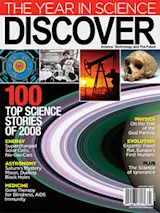At a party in a rambling, million-dollar Victorian mansion in Atlanta’s hip Inman Park neighborhood, artists and lawyers, musicians and businesspeople mingle, talk, and imbibe that eternally popular feel-good drug, alcohol. The slightly pungent scent of marijuana drifts in from a room off the kitchen, where joints are passed among a dozen people, some of them old enough to have been smoking marijuana as a recreational drug since the 1960s. Despite the fears of their worried parents in the hippie heyday, most of these folks have ended up successful; they say that they are using pot to unwind, de-stress, and be more sociable.
Later I join some friends and head to a nearby tavern. Here we are, four middle-aged professionals (a physician, a neurology technician, a computer executive, and a writer) having beers and burgers, when the conversation turns to travel—and to a certain drug. Everyone but me is knowledgeable ...















